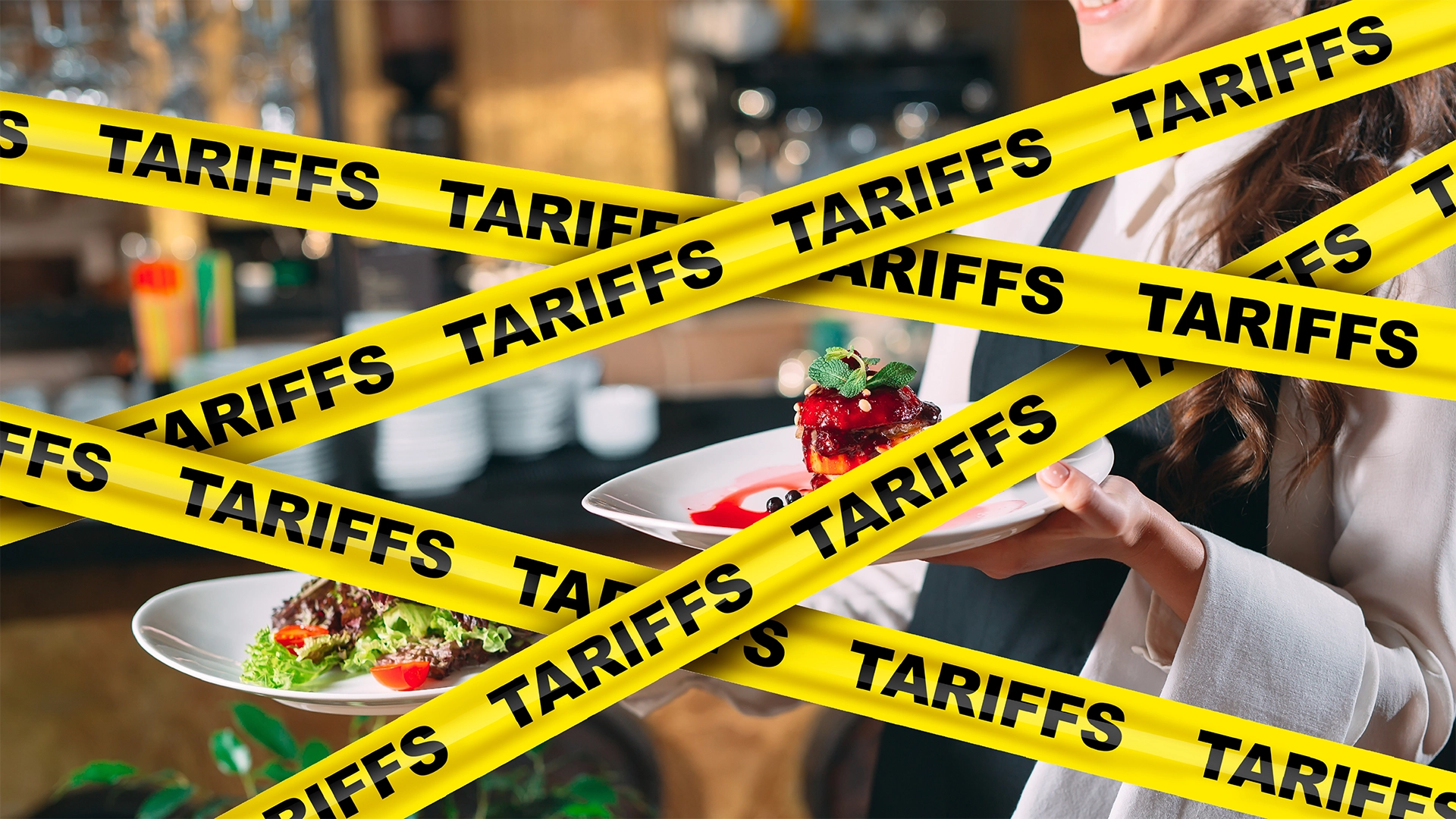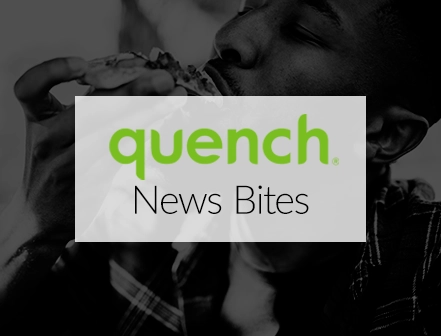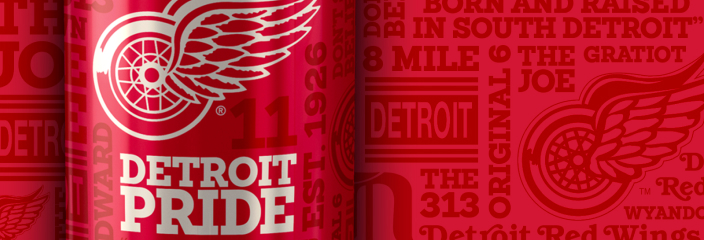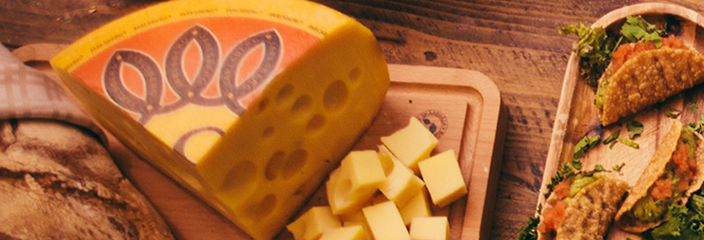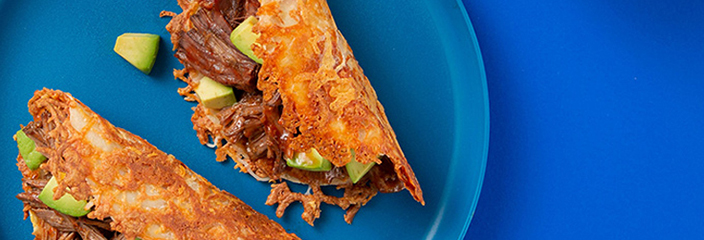The latest wave of tariffs is creating real pressure across the food and beverage industry, from sourcing to shelf. With policy shifts happening fast and retaliation on the rise, we’ve broken down what you actually need to know in this moment of uncertainty. Here’s a quick Q&A to help you stay ahead.
Q: How are current tariffs directly impacting food and beverage brands?
Brands are facing rising costs on both ingredients and packaging due to baseline and country-specific tariffs. Aluminum cans, steel for soup tins, and imported ingredients like canola oil, oats, and spices are all becoming more expensive. Brands like Campbell’s, Coca-Cola, and Mondelēz are already adjusting pricing and packaging strategies.
Q: Are certain sectors being hit harder than others?
Yes. Dairy, meat, and alcohol brands are especially vulnerable. China now imposes an 84% tariff on U.S. dairy, while Canada and Mexico maintain 25% duties on pork, milk, and beef. Whiskey and bourbon are facing renewed retaliation in Europe, threatening exports and market share.
Q: Are food companies passing those costs on to consumers?
Some are trying not to. Brands like Coca-Cola and Mondelēz say inflation is already pressuring buyers, so they’re holding back price increases where they can. Instead, they’re using sourcing tweaks, smaller pack sizes, or increased promotional spend to offset rising costs.
Q: What’s the long-term concern if tariffs persist through 2025?
Mid-single-digit food inflation, compressed margins, and major disruptions to supply chains. Companies may see higher storage costs and labor competition, especially as automation and U.S.-based expansion strain real estate and workforce availability. Tariff-driven price hikes could reduce demand and consumer loyalty.
Q: How are global trade relationships affecting sourcing decisions?
Brands like McCormick and Del Monte are reworking supply chains, running daily scenario planning, and leaning on vast supplier networks. Ingredient bans and clean-label demand may also push some companies to source from Europe or retool formulas entirely.
Q: Are consumers reacting to these changes?
Yes. Consumer sentiment is down, with many shifting to value-focused, private-label products. Households hit by inflation and debt are more price-sensitive than ever. Tariffs on top of an already 30% post-2020 food inflation rate make every dollar matter.
Q: What does the 90-day tariff pause mean for brands?
Not much relief. China, Canada, and Mexico—the top export markets for U.S. dairy and meat—are still subject to high duties. Sector-specific tariffs on steel, aluminum, and autos also remain. Europe paused countermeasures for now, but may resume them by mid-year.
Q: What should food and beverage brands do next?
Stay agile. Update your master data, diversify sourcing, and prepare alternate production plans. Monitor regulatory shifts closely. Most importantly, prioritize pricing and supply chain decisions that maintain shelf presence without compromising brand trust or profitability.
QUENCH’S TAKE
Tariffs may seem like a far-off policy issue, but their impact is hitting home for food and beverage brands in very real ways—from ingredient costs to supply chain delays to shifting consumer habits. This isn’t a blip. It’s a multi-front disruption that will test how adaptable your business really is.
The bottom line? The trade war is far from over. Food and beverage brands that stay lean, flexible, and consumer-focused will be best positioned to ride out the storm. Stay ahead of the curve.
Stay alert, scenario-plan often, and double down on the sourcing, pricing, and product decisions that protect your margin and your customer relationships. In times like these, agility is your strongest competitive edge.
